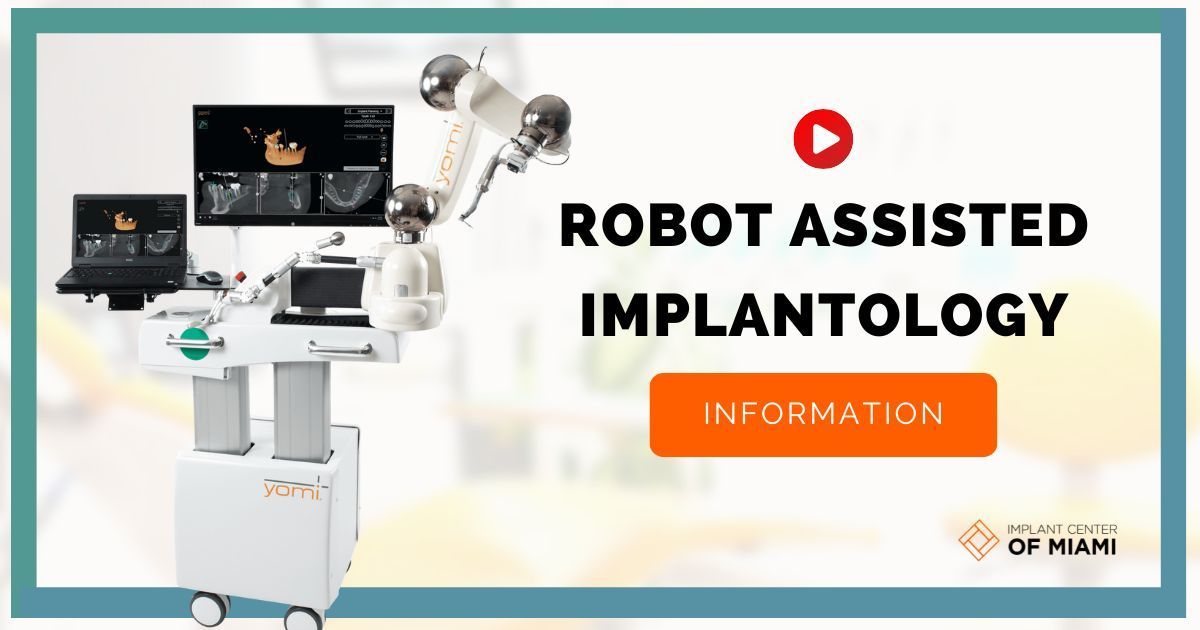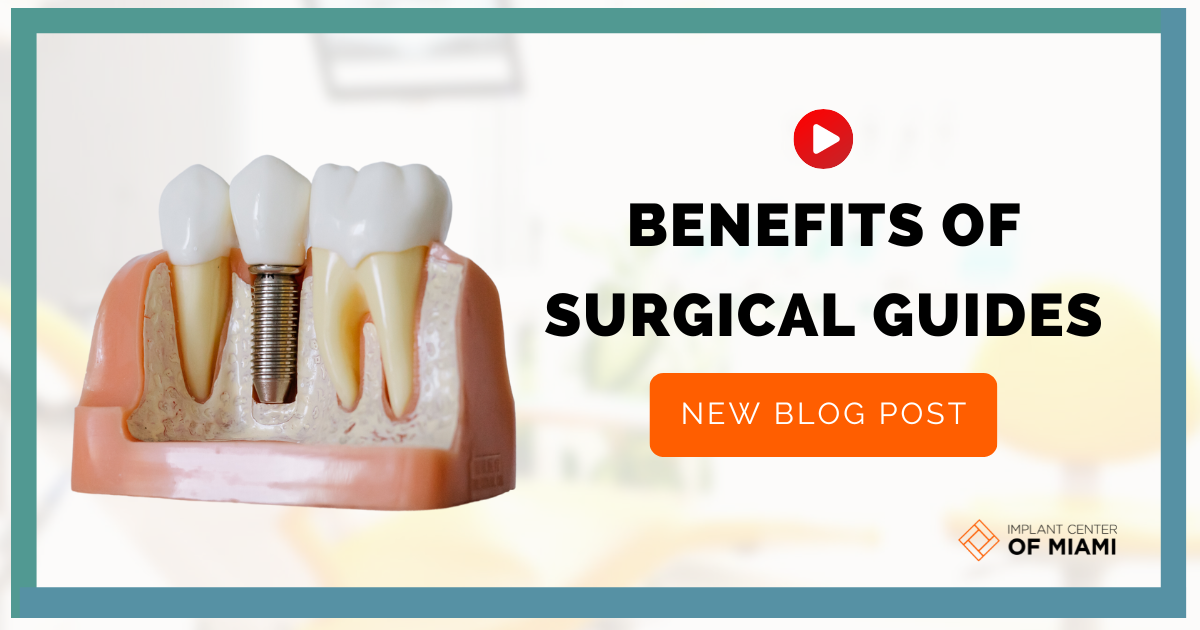Comprehensive Dental Implant Procedures: Step-by-Step Surgical Guidance for Dentists
A surgical guide for dental implant is an essential tool that preempts guesswork in dental surgery, guaranteeing precise implant placement with optimal accuracy. This cutting-edge device plays a critical role in the early stages of dental prosthetic procedures, where it serves as an invaluable reference point for proper alignment. The guide is designed with the help of 3D imaging technology, ensuring exactitude in determining the depth and angulation of the implant. Moreover, it significantly enhances the procedural efficiency, minimizes potential complications and improves the overall success rate of dental implants.
Request an Appointment
Understanding the Basics of Dental Implants
Dental implants are a popular option for replacing missing teeth. They consist of a titanium screw that acts as the tooth's root, which is inserted into the jawbone, and a crown that replicates the visible part of the tooth. Dental implants function like natural teeth, allowing users to eat, speak, and smile confidently.
The Importance of Dental Implant Surgical Guides
Dental implant surgical guides provide precise direction for dental surgeons during an implant procedure. They improve accuracy, reducing risks of complications, and ensuring the implant positions align with the patient's aesthetic and functional needs.
Techniques in Planning for Dental Implants: Role of Surgical Guides
Planning for dental implants involves using surgical guides for precision. These guides, created from detailed 3D imaging, allow dentists to visualize the patient's oral structure, ensuring accurate placement of the implants. This reduces risks, improves prognosis, enhancing patient comfort.
How are Surgical Guides used in Dental Implant Procedures
Surgical guides are key tools in dental implant procedures, enhancing precision and safety. They direct the exact location, angle, and depth of the implant placement on the gumline. This ensures the artificial tooth sits perfectly, matching the patient's natural teeth alignment.
Different Types of Surgical Guides in Implant Dentistry
Surgical guides in implant dentistry assist in precision placement of dental implants. There are various types: pilot guides for initial implant site preparation, fully guided templates for complete guidance throughout the procedure, and partially guided ones for intermediate assistance. Each has a specific application depending on the dentist's needs, enhancing surgical accuracy and patient safety.
Step-by-Step Process of Using Surgical Guides
A surgical guide simplifies implant procedures. Firstly, a digital impression is taken, followed by planning the implant through specialized software. This forms a 3D model illustrating the optimal implant placement, which is then converted into a physical guide using 3D printing. During surgery, the guide ensures precise placement of the implant, enhancing accuracy and safety.
How Surgical Guides Improve Accuracy in Dental Implant Surgery
Surgical guides enhance precision in dental implant surgery by mapping accurate implantation sites, reducing error margins. They provide detailed 3D visualization based on CT scans to ensure optimal angle, depth, and alignment during surgery. This results in improved patient outcomes and recovery time.
A Comprehensive Guide to CT Scan and Surgical Guides
A Comprehensive Guide to CT Scan and Surgical Guides covers understanding CT scans, often used to aid surgical planning by providing detailed images of anatomical structures. Surgical guides, tools leveraging these images for precision, minimize risks, boost success rates, and enhance patient recovery. It outlines the advanced technology's immense value in modern healthcare.
Risks and Complications Associated Without Using Surgical Guides
Without surgical guides, surgery complications may increase due to a lack of precision. This can lead to impairments such as damage to vital structures, improper implant positioning, excessive bone removal, and longer surgery time. Infections, nerve damage, bleeding, and postoperative pain may also occur.
Key Benefits of Using Surgical Guides in Dental Implant Surgery
Surgical guides in dental implant surgery enhance precision, reduce surgical errors, and shorten operation times. They ensure accurate positioning of the implant, improving aesthetic outcomes and patient comfort. Additionally, they predict potential complications, promoting safer procedures.
Understanding the Cost and Affordability of Surgical Guides
Surgical guides enhance accuracy in medical procedures. Despite their expense, their use ensures precise operating, minimizing common surgical risks. Understanding the cost involves considering their essential role, the materials used, and the technology involved. Affordability may vary per institution, but their utility validates the cost.
Surgical Guide Materials: How to Choose the Right One
Choosing the right surgical guide material is crucial for a successful operation. Factors to consider include robustness, precision, biocompatibility, and sterilization process. Common materials are medical-grade stainless steel for its durability, and dental-grade resins for their biocompatibility. Research, medical usage, and patient's condition also play roles.
Role of 3D Printing in Creating Dental Surgical Guides
3D printing is revolutionizing dentistry by enabling the precision creation of dental surgical guides. These custom tools guide surgeons during operations, enhancing accuracy and patient safety. With 3D printing, guides are tailored to individual cases, potentially reducing surgery times and improving post-surgical recovery rates.
How Surgical Guides Contribute to Faster Recovery after Implant Surgery
Surgical guides streamline implant surgery by enhancing precision and reducing operative time. They provide a detailed plan, allowing dentists to navigate complex anatomical structures accurately. This minimizes tissue trauma, exposure to anesthesia, postoperative pain, and swelling, contributing to faster patient recovery.
Training and Expertise Required for Handling Dental Surgical Guides
Dental surgical guides require specialized training and expertise in dentistry. They involve knowledge of dental anatomy, surgical procedures, and proper handling of surgical instruments. This education generally requires several years of dental school, clinical experience, and, often, advanced specialty training. Not only technical skills, but precision, patience, and detailed-oriented character is also needed.
Care and Maintenance Post Dental Implant Surgery Using Surgical Guides
After dental implant surgery using surgical guides, proper care and maintenance are imperative for a successful recovery. This involves daily brushing and flossing, rinse with dentist-approved mouthwash, regular check-ups, and avoiding hard or chewy foods initially. It's also essential to avoid smoking, as it can delay healing.
Case Study: Successful Implant Procedures with the Help of Surgical Guides
A case study highlights successful dental implant procedures facilitated by surgical guides. These tools deliver accuracy and efficiency during operations. They provide precise implant positioning, reducing risks and surgical time. This innovative approach thus assures optimal clinical outcomes, patient satisfaction, and recovery pace.
How Surgical Guides are Tailored to Individual Patient Requirements
Surgical guides are customized using 3D-printing technology with patient's precise anatomical data from imaging studies, such as CT or MRI scans. This ensures better surgical outcomes for procedures such as dental implants, orthopedics, and cranial surgeries. Each guide is individual-specific, facilitating surgeons to enhance procedure accuracy.
The Future of Dental Implant Surgery: Advanced Surgical Guides
The future of dental implant surgery involves the use of advanced surgical guides. These guides ensure accurate alignment & improved precision during procedures. Modern computed tomography (CT) & 3D printing techniques create bespoke guides for patients, promising fewer complications and quicker recovery times.
Patient-Centric: How Surgical Guides Enhance Patient Comfort and Satisfaction.
Surgical guides provide a patient-centric approach to medical procedures by increasing accuracy, reducing recovery time, and ensuring patient comfort. They aid in personalized planning of surgical interventions, thereby elevating patient satisfaction. Through this, patients gain confidence in their healthcare journey.
Synthesis: Bringing it All Together - The Integral Role of Surgical Guides in Dental Implant Success
Surgical guides play an indispensable role in dental implant success. They offer a detailed roadmap for accurate implant placement. By synthesizing comprehensive diagnostic data from X-rays, scans, and patient's dental anatomy, these guides ensure precision, reduce risks, and yield predictable outcomes, ultimately enhancing overall treatment success.
Frequently Asked Questions
Dental Financing Options
Checking your options will not impact your credit score!
Apply Online in 30 Seconds
Fund Your Account
Start Your Treatment
Read Our Blog


Office Locations
Contact Us
For more information or to schedule an appointment, call us at 786-713-9290 or complete the form.
What Happens After I Send My Message?
Implant Center of Miami: Website Message
Locations Information
Our Services
Quick Links
Office Hours
- Mon - Fri
- -
- Sat - Sun
- Closed



